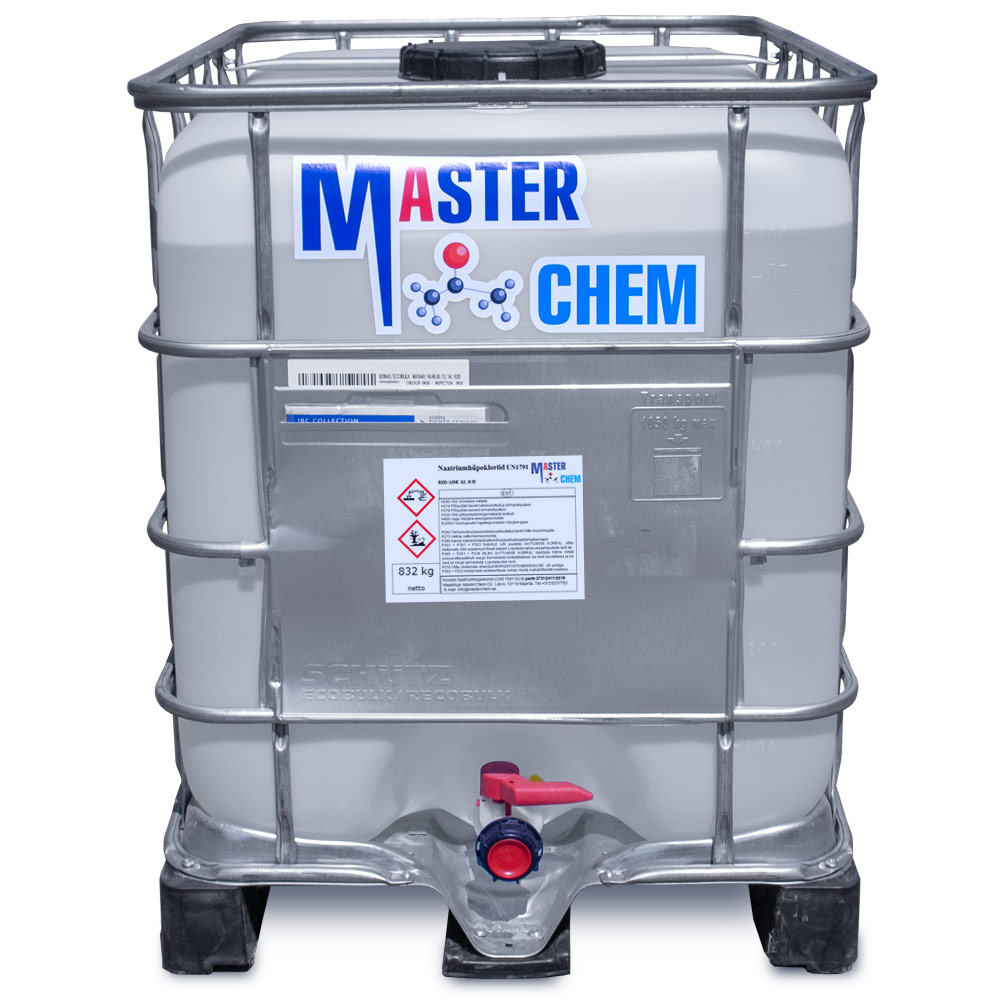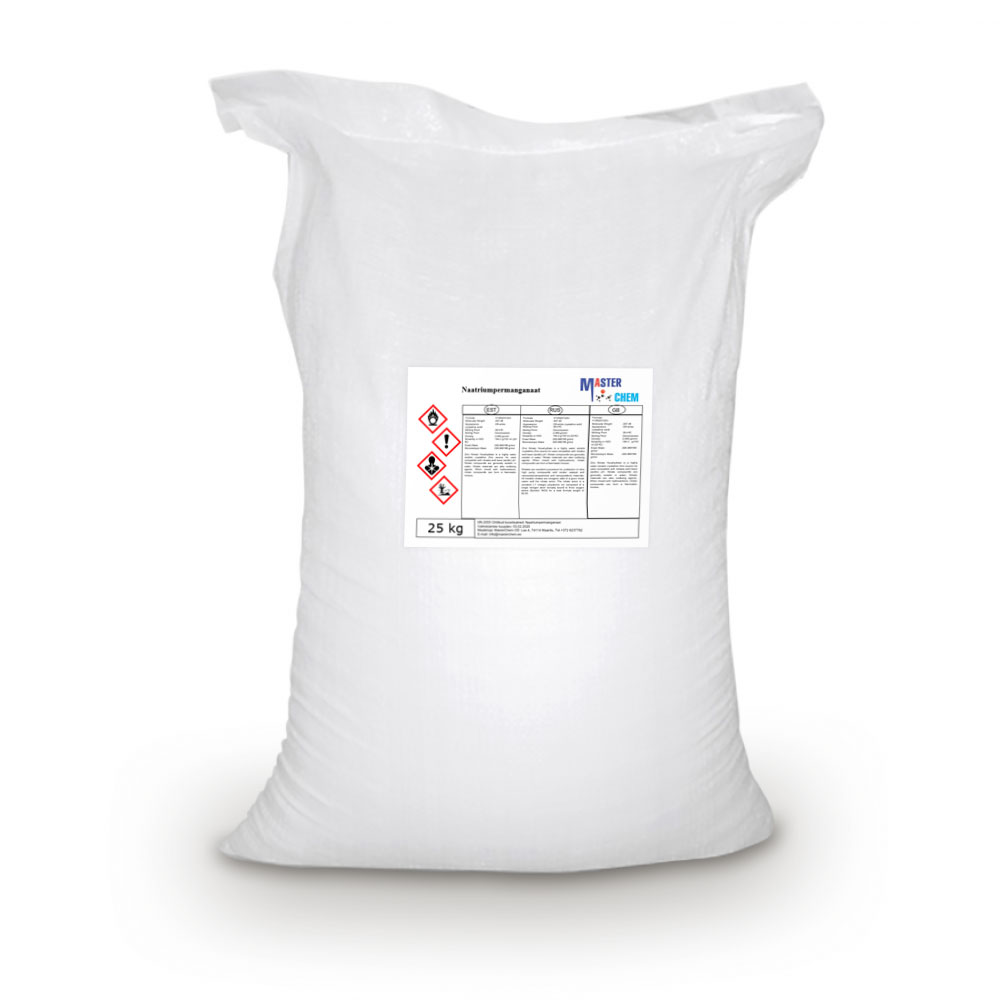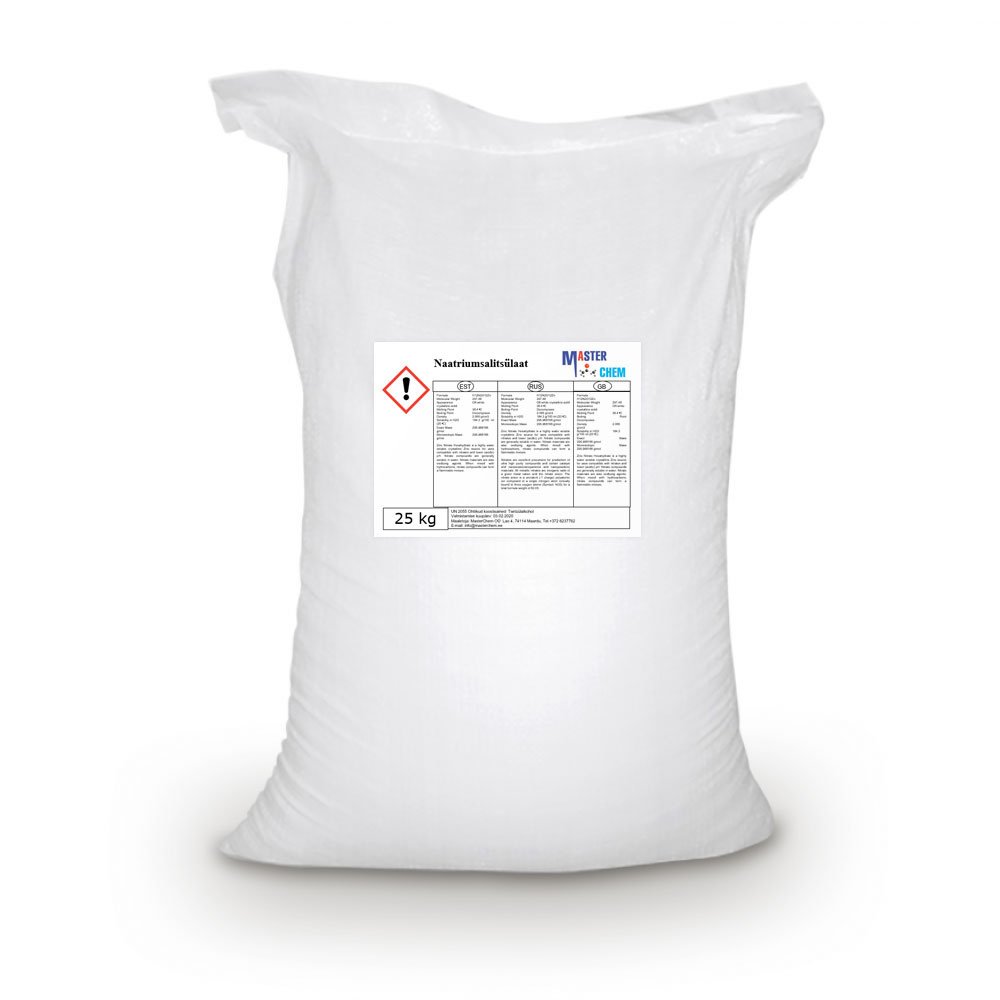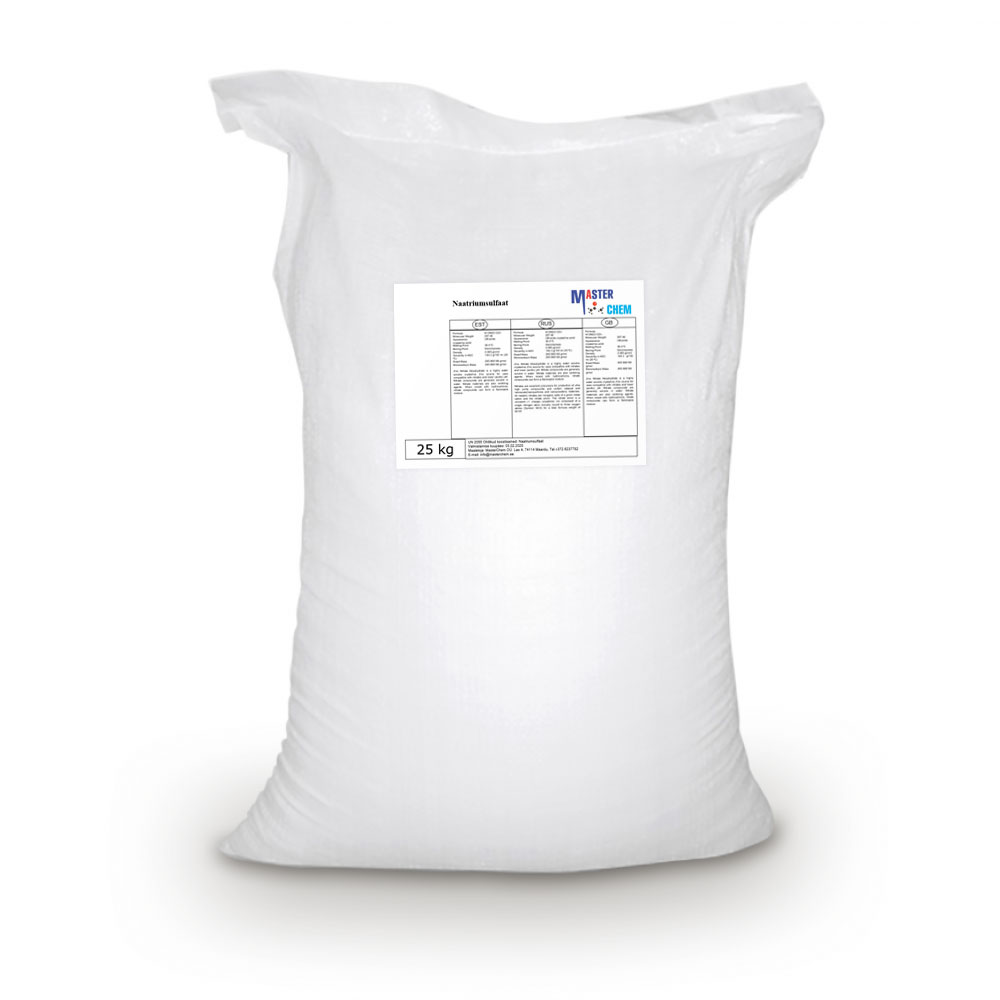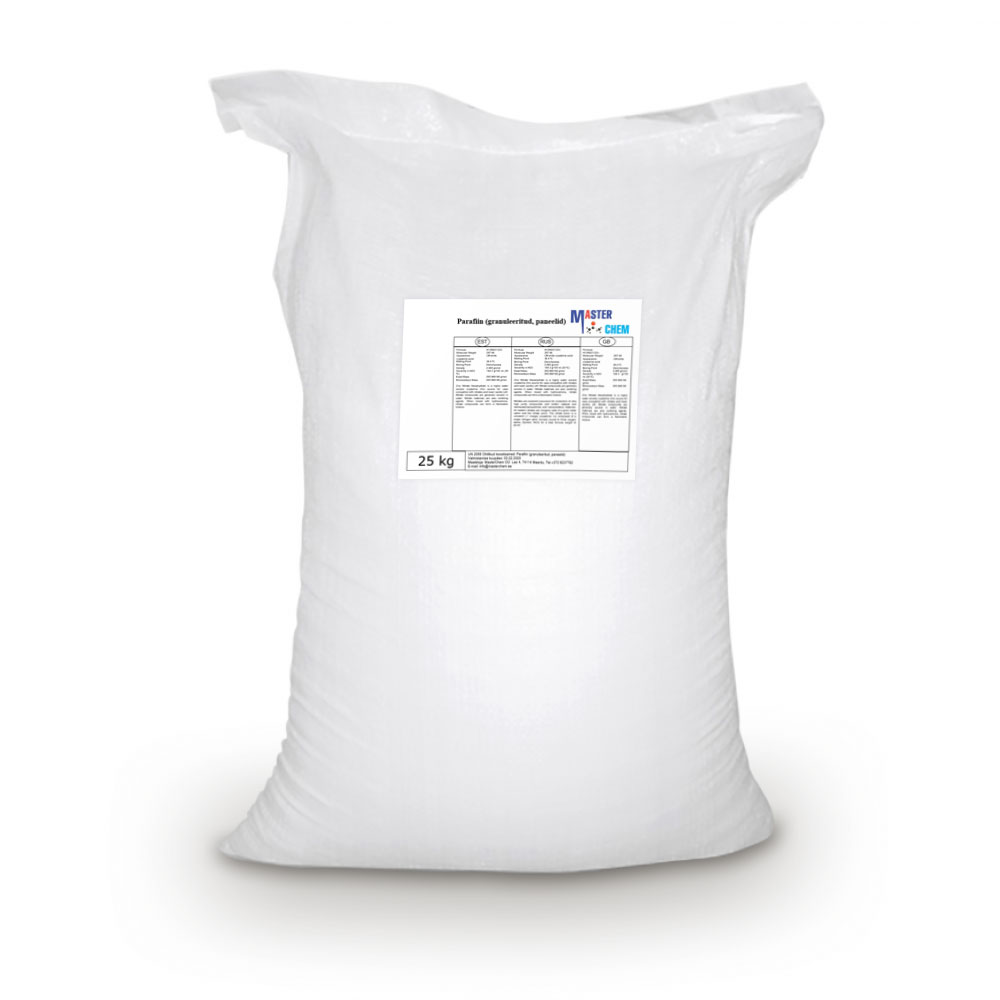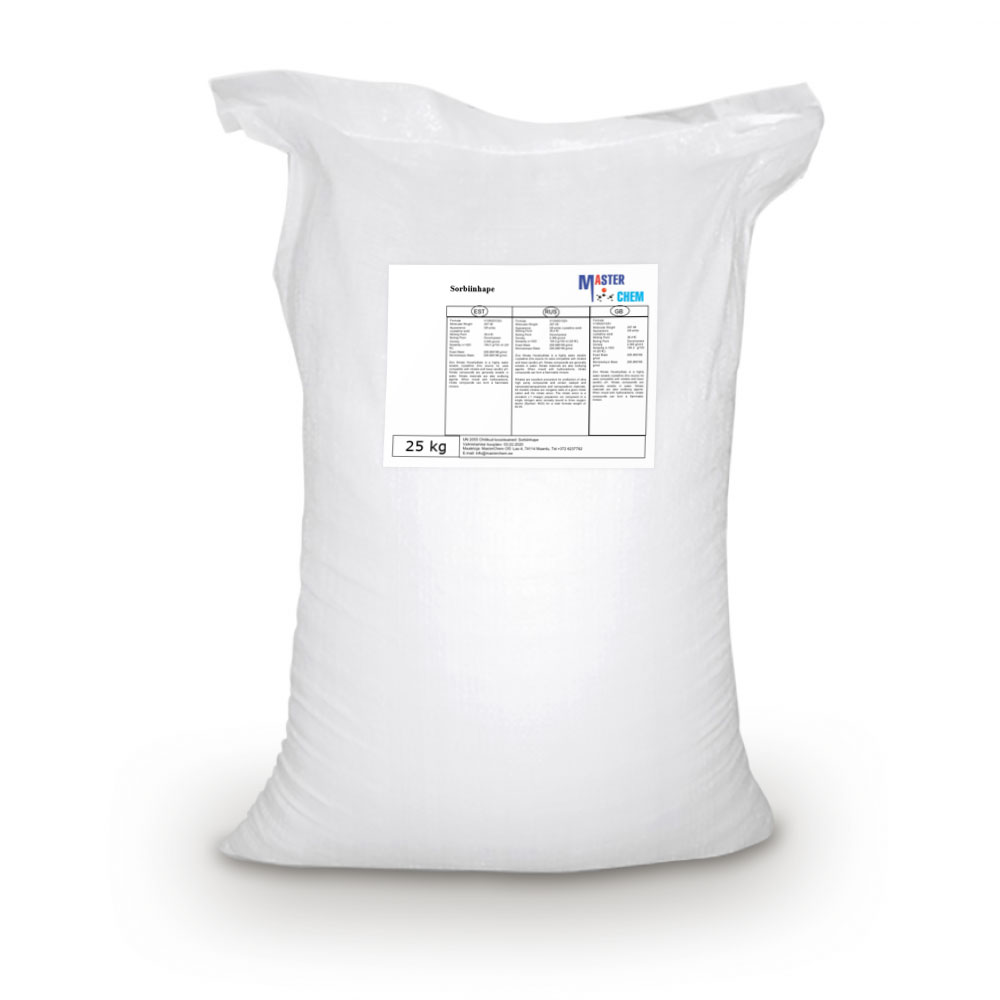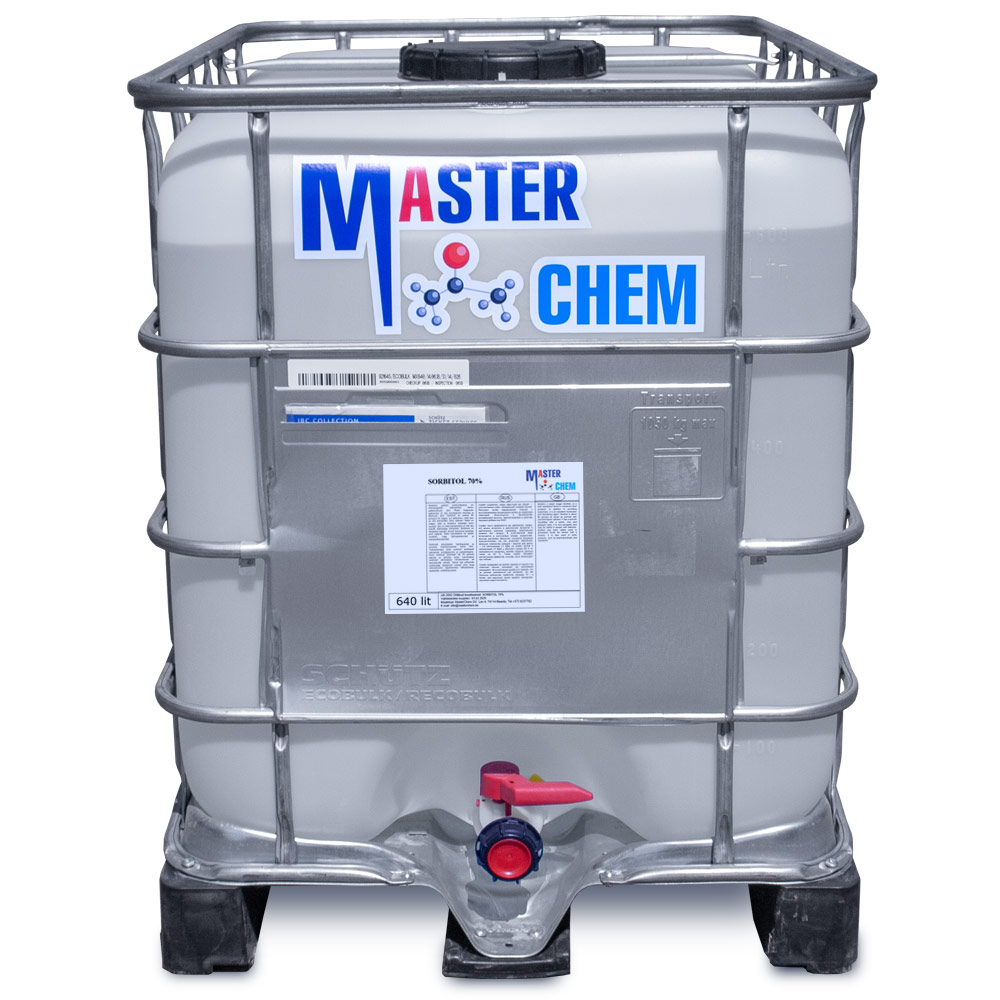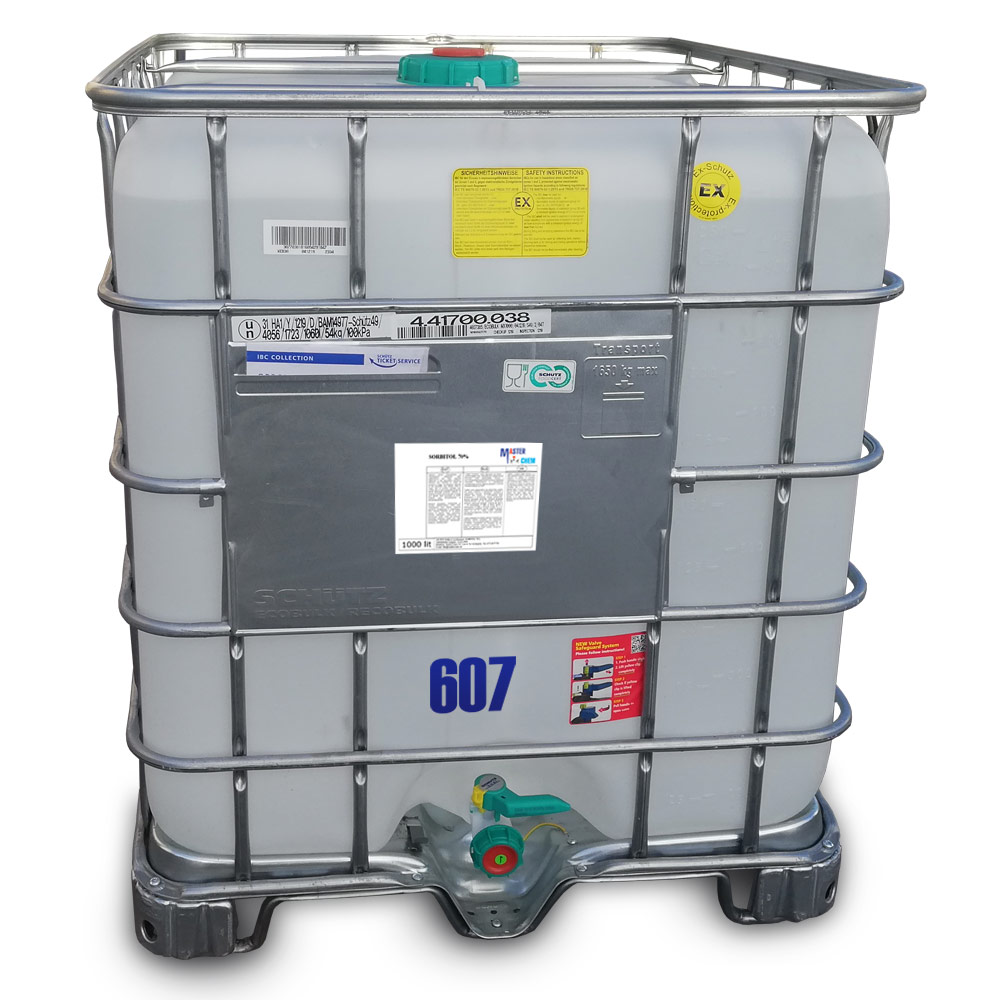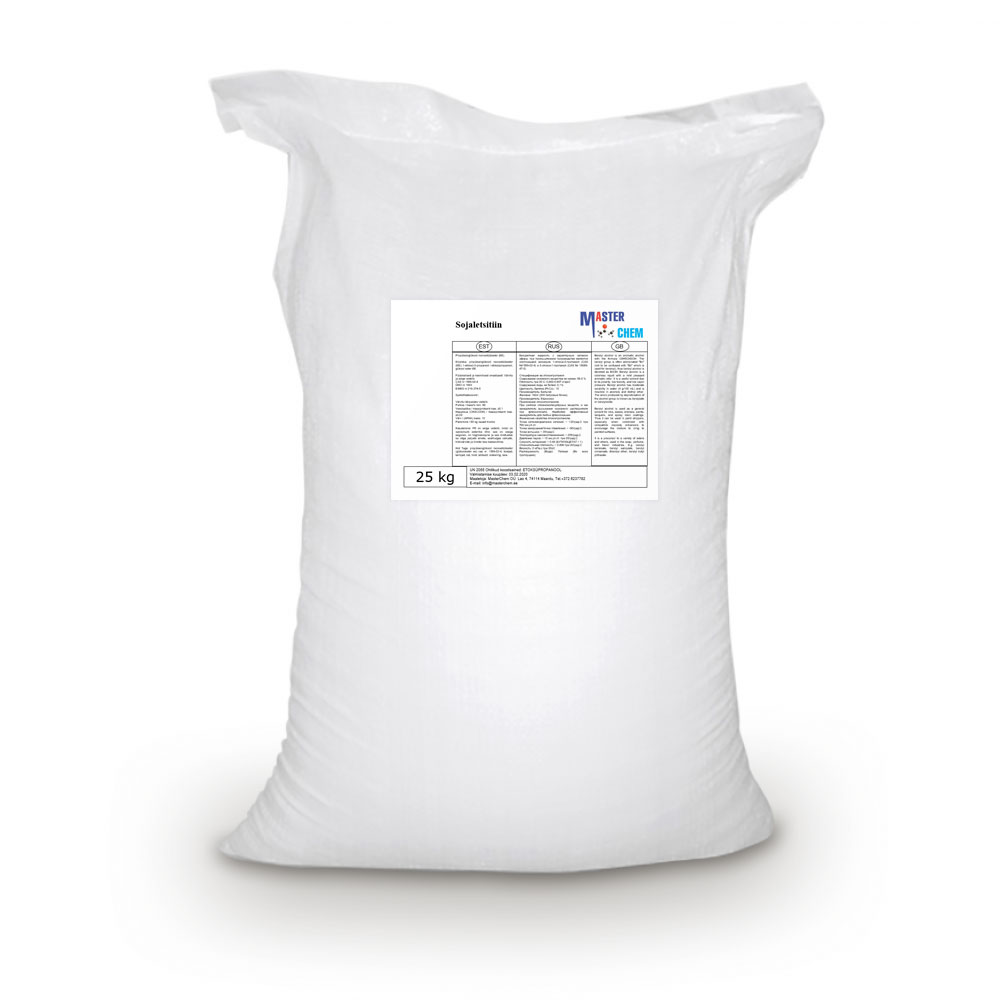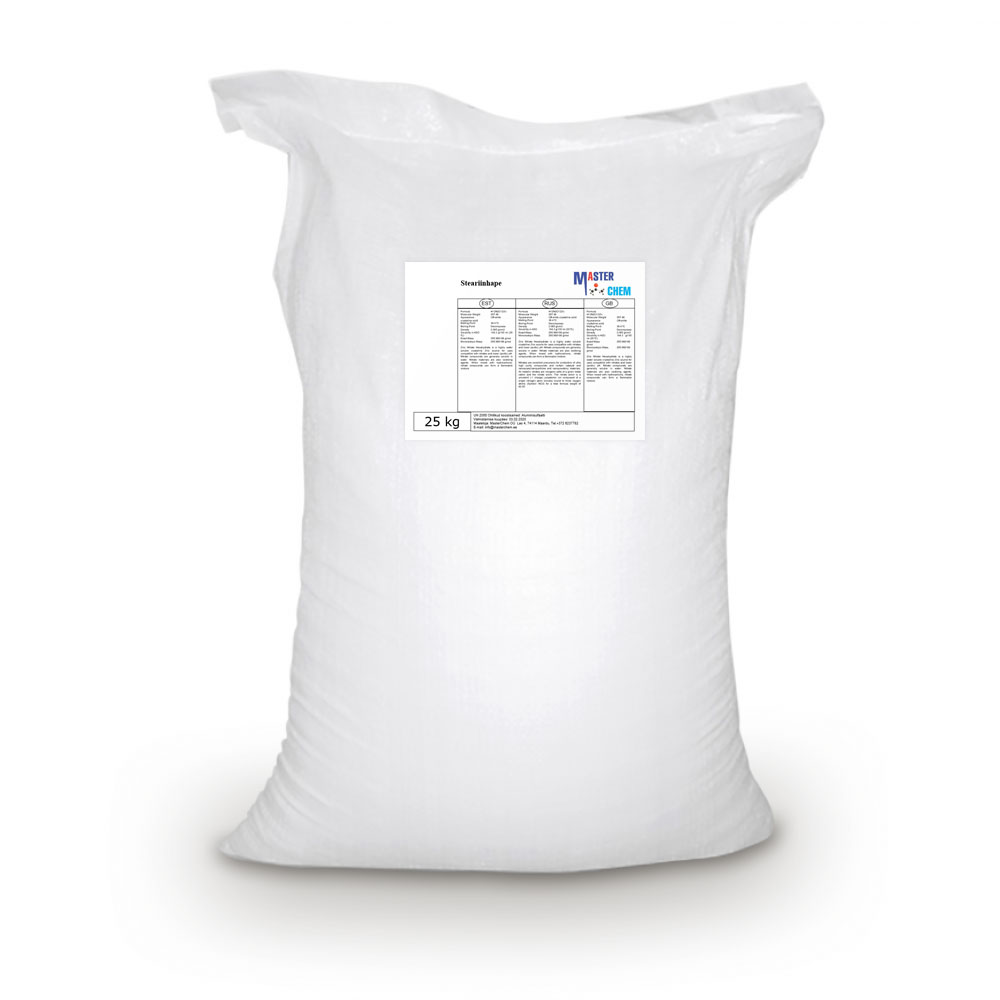Currently Empty: €0.00
Sodium permanganate (CAS 7722-64-7)
Sodium permanganate (CAS 7722-64-7)
Potassium permanganate appears as a purplish colored crystalline solid. Noncombustible but accelerates the burning of combustible material. If the combustible material is finely divided the mixture may be explosive. Contact with liquid combustible materials may result in spontaneous ignition. Contact with sulfuric acid may cause fire or explosion. Used to make other chemicals and as a disinfectant.
Sodium salicylate (CAS 54-21-7)
Sodium salicylate (CAS 54-21-7)
Sodium salicylate is a sodium salt of salicylic acid. It can be prepared from sodium phenolate and carbon dioxide under higher temperature and pressure. Historically, it has been synthesized by refluxing methyl salicylate (wintergreen oil) with an excess of sodium hydroxide.
It is used in medicine as an analgesic and antipyretic. Sodium salicylate also acts as non-steroidal anti-inflammatory drug (NSAID), and induces apoptosis in cancer cells and also necrosis. It is also a potential replacement for aspirin for people sensitive to it. It may also be used as a phosphor for the detection of vacuum ultraviolet radiation and electrons.
Sodium sulphate anhydrate (CAS 7757-82-6)
Sodium sulphate anhydrate (CAS 7757-82-6)
Sodium sulfate (also known as sodium sulphate or sulfate of soda) is the inorganic compound with formula Na2SO4 as well as several related hydrates. All forms are white solids that are highly soluble in water. With an annual production of 6 million tonnes, the decahydrate is a major commodity chemical product. It is mainly used as a filler in the manufacture of powdered home laundry detergents and in the Kraft process of paper pulping for making highly alkaline sulfides.
Solid paraffin (granulated, panels) (CAS 8002-74-2)
Solid paraffin (granulated, panels) (CAS 8002-74-2)
Paraffin wax (or petroleum wax) is a soft colorless solid derived from petroleum, coal or oil shale that consists of a mixture of hydrocarbon molecules containing between twenty and forty carbon atoms. It is solid at room temperature and begins to melt above approximately 37 °C (99 °F), and its boiling point is above 370 °C (698 °F). Common applications for paraffin wax include lubrication, electrical insulation, and candles; dyed paraffin wax can be made into crayons. It is distinct from kerosene and other petroleum products that are sometimes called paraffin.
Un-dyed, unscented paraffin candles are odorless and bluish-white. Paraffin wax was first created by Carl Reichenbach in Germany in 1830 and marked a major advancement in candlemaking technology, as it burned more cleanly and reliably than tallow candles and was cheaper to produce.
In chemistry, paraffin is used synonymously with alkane, indicating hydrocarbons with the general formula CnH2n+2. The name is derived from Latin parum (“barely”) + affinis, meaning “lacking affinity” or “lacking reactivity”, referring to paraffin’s unreactive nature.
Sorbic acid (CAS 110-44-1)
Sorbic acid (CAS 110-44-1)
Sorbic acid, or 2,4-hexadienoic acid, is a natural organic compound used as a food preservative. It has the chemical formula CH3(CH)4CO2H. It is a colourless solid that is slightly soluble in water and sublimes readily. It was first isolated from the unripe berries of the Sorbus aucuparia (rowan tree), hence its name.
Sorbic acid and its salts, such as sodium sorbate, potassium sorbate, and calcium sorbate, are antimicrobial agents often used as preservatives in food and drinks to prevent the growth of mold, yeast, and fungi. In general the salts are preferred over the acid form because they are more soluble in water, but the active form is the acid. The optimal pH for the antimicrobial activity is below pH 6.5. Sorbates are generally used at concentrations of 0.025% to 0.10%. Adding sorbate salts to food will, however, raise the pH of the food slightly so the pH may need to be adjusted to assure safety. It is found in foods such as cheeses and breads.
Sorbilot 70% (CAS 68425-17-2)
Sorbilot 70% (CAS 68425-17-2)
Sorbitol is a hexahydric alcohol which is present in small amounts in fruit. The commercial product is obtained by hydrogenation of dextrose. Sorbitol is used in cosmetics, toothpaste, tobacco, pharmaceuticals etc. Sorbitol 70% Type NC is a non-crystallizable aquous solution.
The product is used as a base ingredient, sweetener and humectant in cosmetics and pharmaceuticals e.g. tablets/pills, toothpastes, cough syrups or mouthwashes. Also in the food industry the product is used and listed as a food additive with the number E 420. As an alternative for Glycerin, Sorbitol can be used in various technical applications such as textile auxiliaries and polyurethanes.
Sorbitol 70 % (CAS 50-70-4)
Other names: D-glucitol; L-Sorbitol; Sorbogem; Sorbo
Sorbitol, a polyol (sugar alcohol), is a bulk sweetener found in numerous food products. In addition to providing sweetness, it is an excellent humectant and texturizing agent. Sorbitol is about 60 percent as sweet as sucrose with one-third fewer calories. It has a smooth mouthfeel with a sweet, cool and pleasant taste. It is non-cariogenic and may be useful to people with diabetes. Sorbitol has been safely used in processed foods for almost half a century. It is also used in other products, such as pharmaceuticals and cosmetics.
CAS: 50-70-4
Soya lecithin (CAS 8002-43-5)
Soya lecithin (CAS 8002-43-5)
Food-grade lecithin is obtained from soybeans and other plantsources. It is a complex mixture of acetone-insoluble phosphatides that consists chiefly of phosphatidyl choline, phosphatidyl etha nolamine, and phosphatidyl inositol, combined with various amounts of other substances such as triglycerides, fatty acids, and carbohydrates. Refined grades of lecithin may contain any of these components in varying proportions and combinations depending on the type of fractionation used. In its oil-free form, the prepon-derance of triglycerides and fatty acids is removed and the product contains 90% or more of phosphatides representing all or certain fractions of the total phosphatide complex. The consistency of both natural grades and refined grades of lecithin may vary from plastic to fluid, depending upon free fatty acid and oil content, and upon the presence or absence of other diluents. Its color varies from light yellow to brown, depending on the source, on crop variations, and on whether it is bleached or unbleached. It is odorless or has a characteristic, slight nutlike odor and a bland taste. Edible diluents, such as cocoa butter and vegetable oils, often replace soybean oil to improve functional and flavor characteris tics. Lecithin is only partially soluble in water, but it readily hydrates to form emulsions. The oil-free phosphatides are soluble in fatty acids, but are practically insoluble in fixed oils. When all phosphatide fractions are present, lecithin is partially soluble in alcohol and practically insoluble in acetone.
Stearic Acid (CAS 67701-03-5)
Stearic Acid (CAS 67701-03-5)
Stearic acid is a saturated fatty acid with an 18-carbon chain. The IUPAC name is octadecanoic acid. It is a waxy solid and its chemical formula is C17H35CO2H. Its name comes from the Greek word στέαρ “stéar”, which means tallow. The salts and esters of stearic acid are called stearates. As its ester, stearic acid is one of the most common saturated fatty acids found in nature following palmitic acid. The triglyceride derived from three molecules of stearic acid is called stearin.
In general, the applications of stearic acid exploit its bifunctional character, with a polar head group that can be attached to metal cations and a nonpolar chain that confers solubility in organic solvents. The combination leads to uses as a surfactant and softening agent. Stearic acid undergoes the typical reactions of saturated carboxylic acids, a notable one being reduction to stearyl alcohol, and esterification with a range of alcohols. This is used in a large range of manufactures, from simple to complex electronic devices.
Talc (CAS 14807-96-6)
Talc (CAS 14807-96-6)
Talc, or talcum, is a clay mineral, composed of hydrated magnesium silicate with the chemical formula Mg3Si4O10(OH)2. Talc in powdered form, often combined with corn starch, is used as baby powder. This mineral is used as a thickening agent and lubricant; is an ingredient in ceramics, paint, and roofing material; and is a main ingredient in many cosmetics. It occurs as foliated to fibrous masses, and in an exceptionally rare crystal form. It has a perfect basal cleavage and an uneven flat fracture, and it is foliated with a two-dimensional platy form.

